William Miller is a veteran photojournalist and native New Yorker. Born in 1969 he studied photography at Bard College. His work has appeared in Saveur, Harpers, Paris Match, Spin, GQ, Stern, the New York Post, the Daily News, The Globe and Mail among others and his clients have included the Metropolitan Museum of Art, Human Rights Watch, Mercy Corps, Doctors Without Borders and Sundance Channel. His art photography has also been exhibited around the country and has been featured in the Huffington Post, Daily Mail, Lenscratch, Hyperallergic, Feature Shoot, El Pais and won the 2011 Celeste Prize for Photography. Today we share his series Ruined Polaroids.

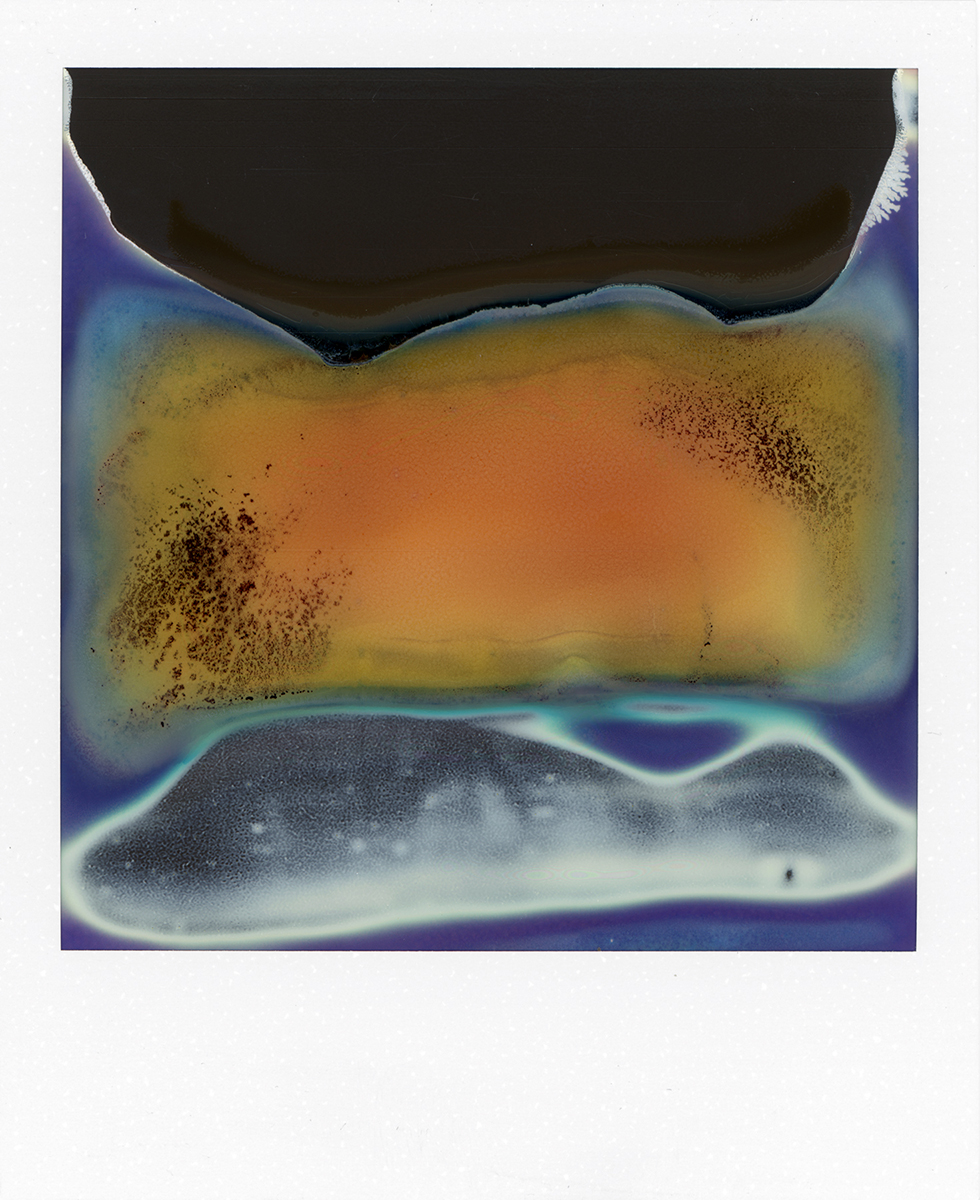

Ruined Polaroids
These pictures are taken with a camera that is, by most definitions, broken: an old Polaroid SX-70 camera that I rescued from a yard sale.
With its first use I realized the camera wasn’t functioning properly. It sometimes spills out 2 pictures at a time and the film often gets stuck in the gears, exposing and mangling them in unpredictable ways. I’ve figured out how to control and accentuate aspects of the camera’s flaws but the images themselves are always a surprise. Each one is determined by the idiosyncrasies of the film and the camera.
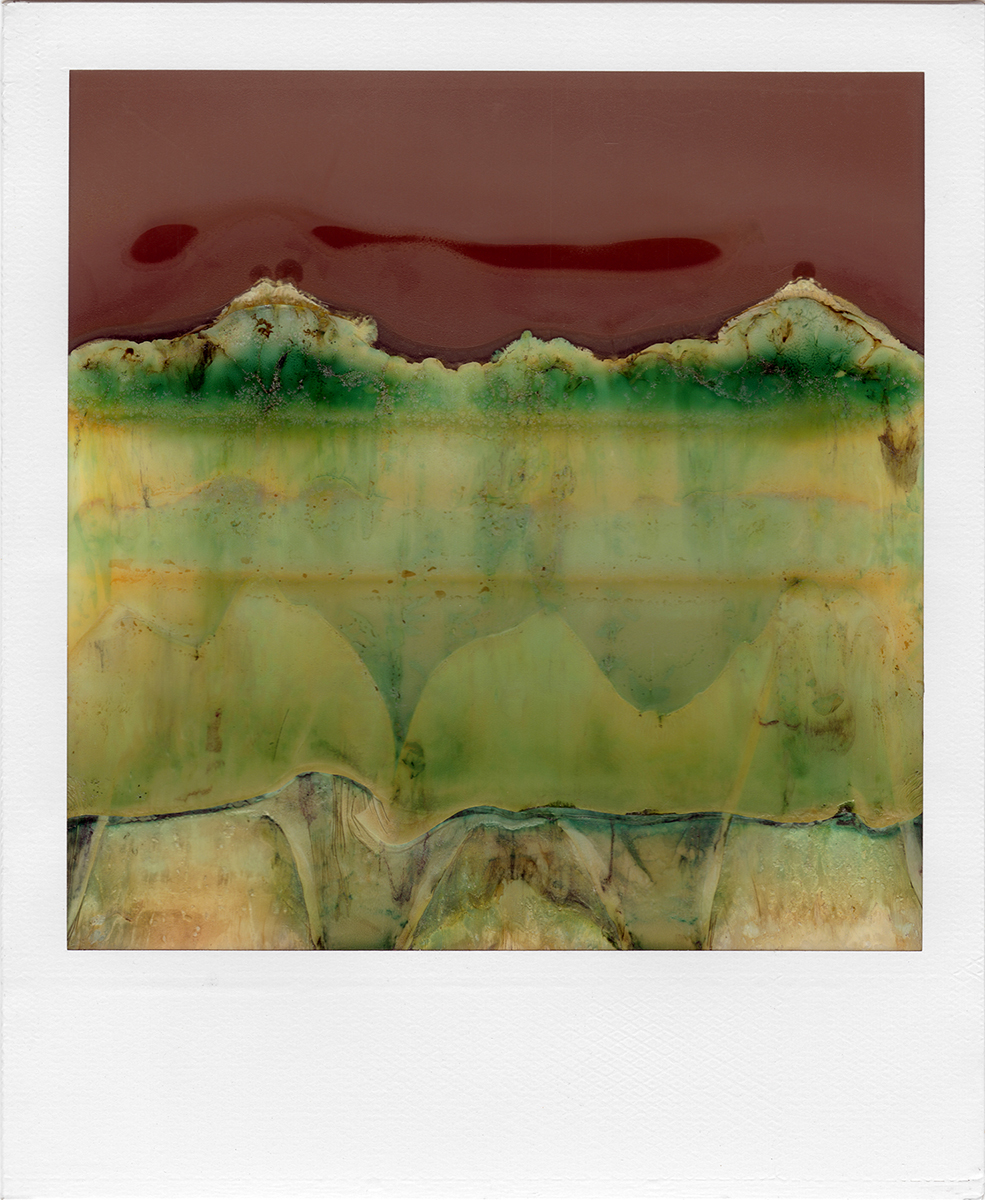
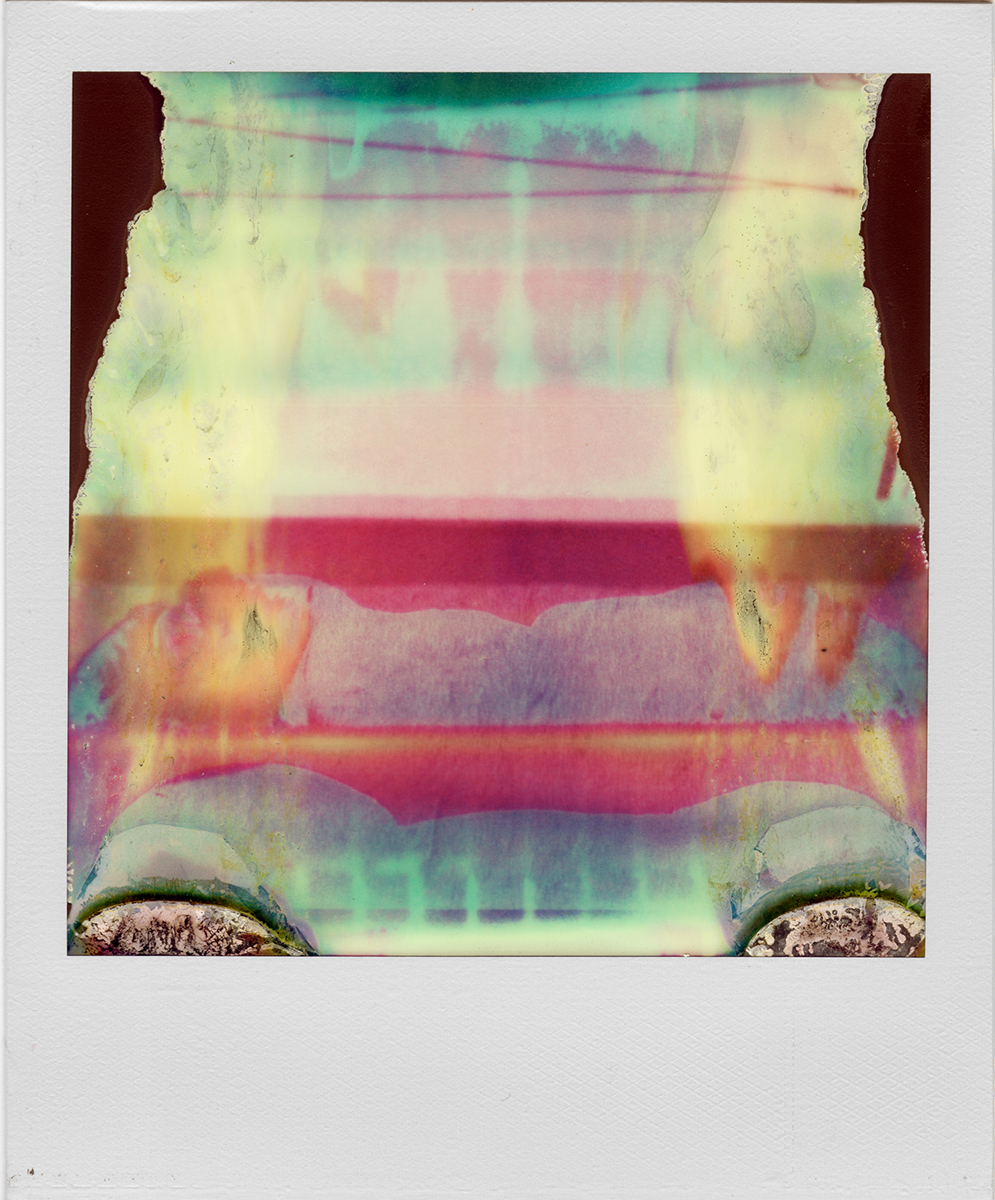
I am impressed with the old technology’s resilience. This Polaroid camera is broken, by chance, in a way that is productive but the flaw that has given it that extra dimension has also robbed it of its initial purpose. When the narrative and depictive elements are nearly removed from the photographs one can concentrate on the details of its abstraction. Any representational remnants of the original image as well as any hint of the will of the photographer become recontextualized inside this new dynamic.
Instantaneous, cheap and ubiquitous digital photography has long since replaced Polaroid film. In doing so it’s rendered the old technology antiquated for conventional image making. What Ruined Polaroids offers is a picture of the Polaroid process itself frozen in time and plucked out of the camera mid-gesture.

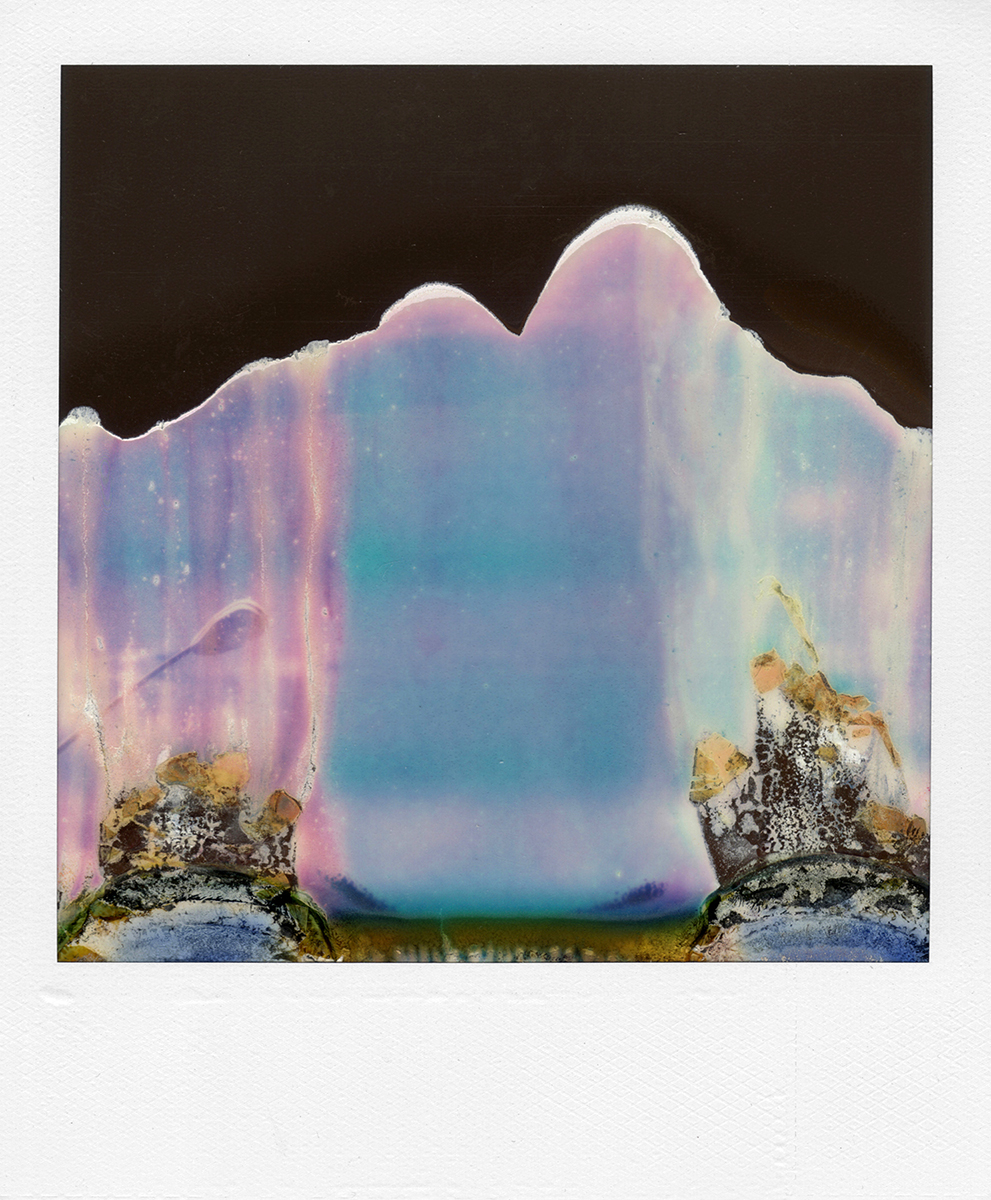
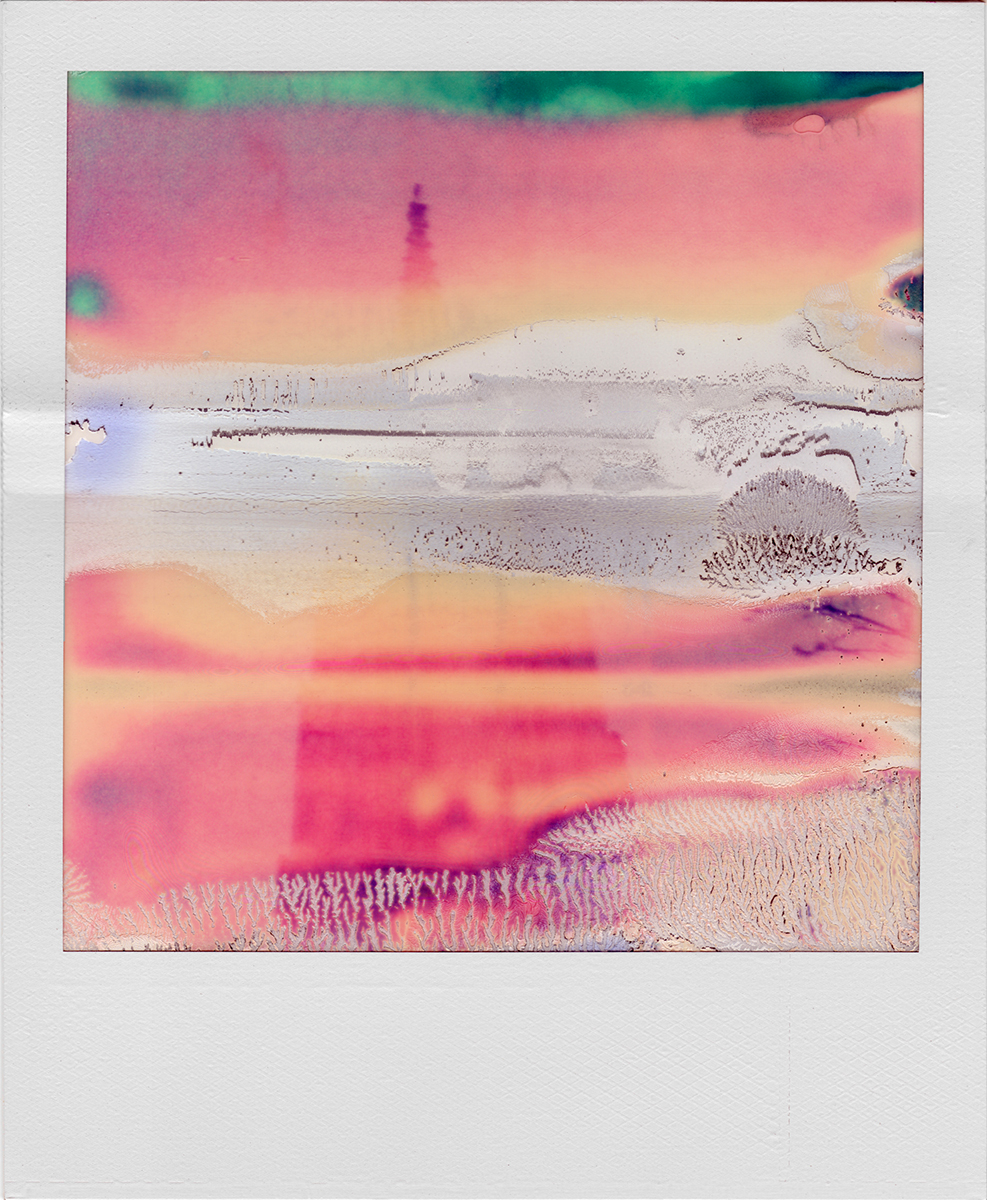
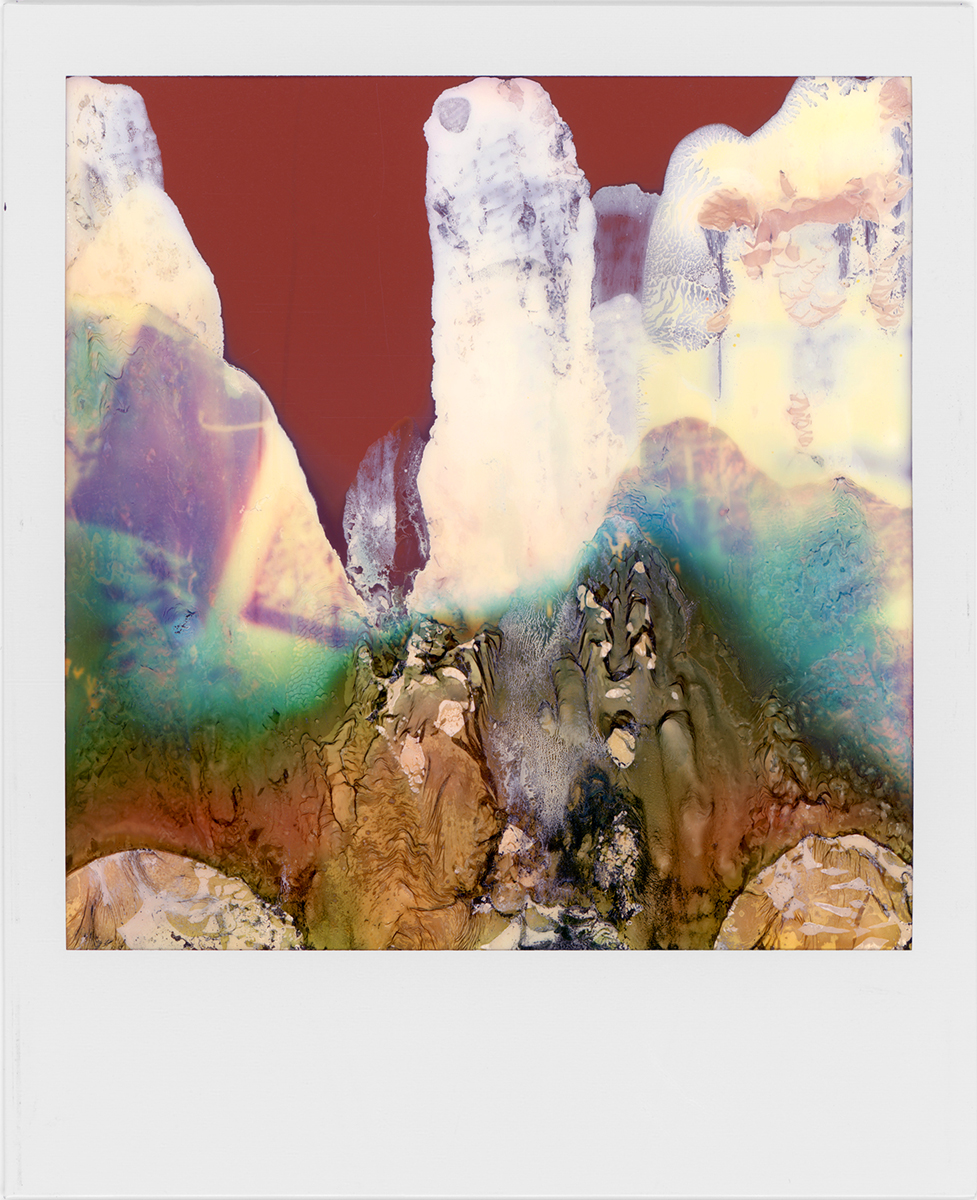

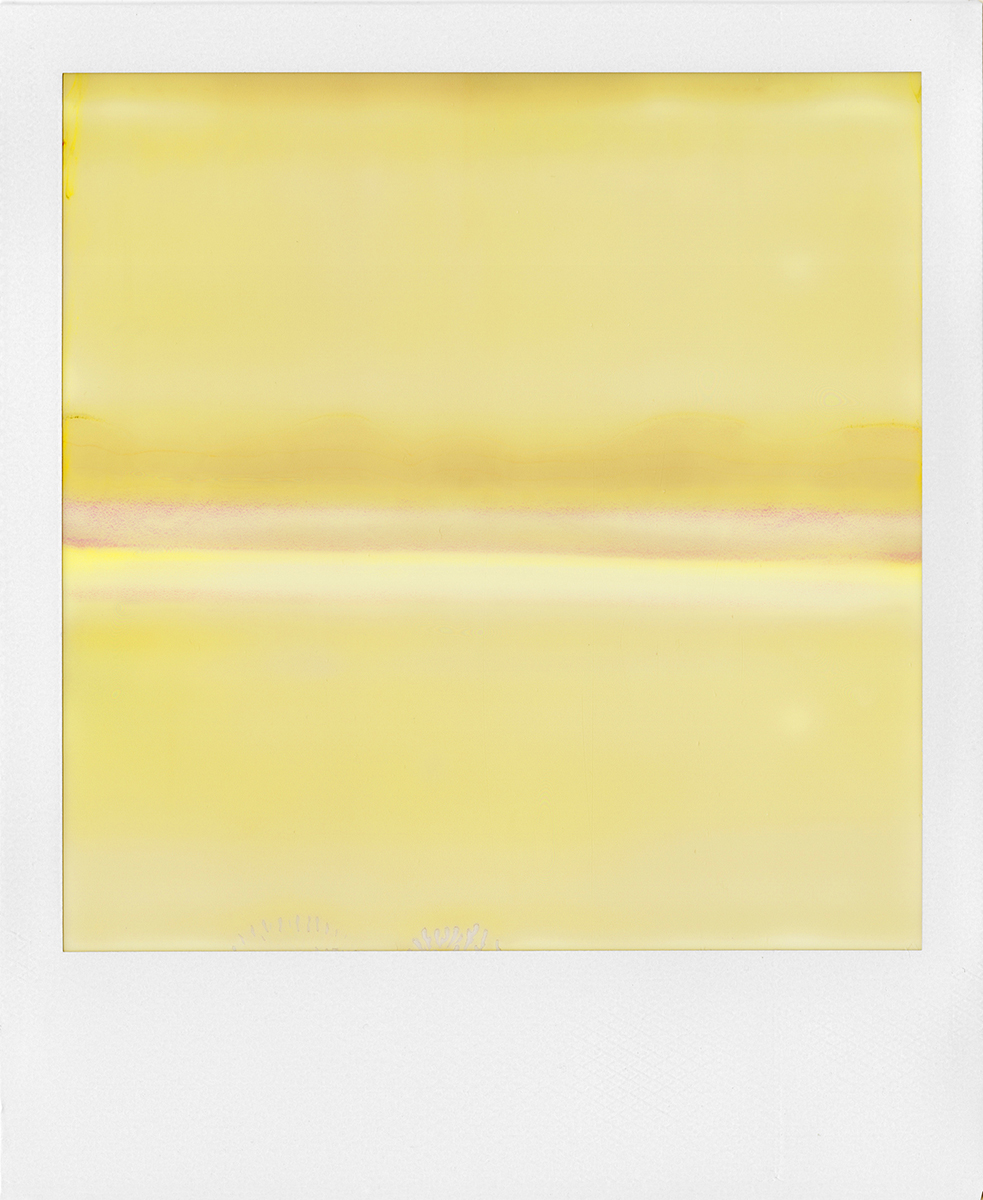
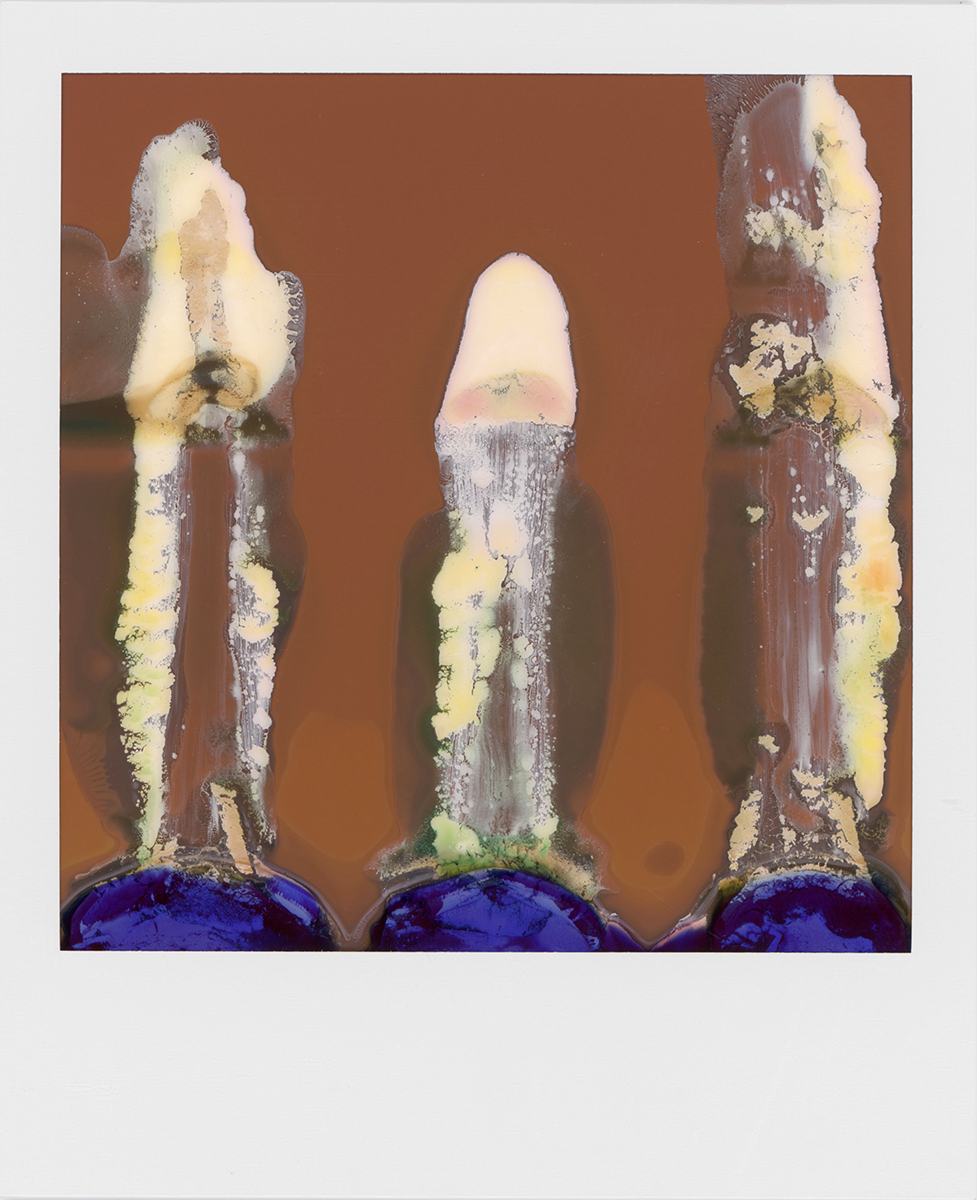

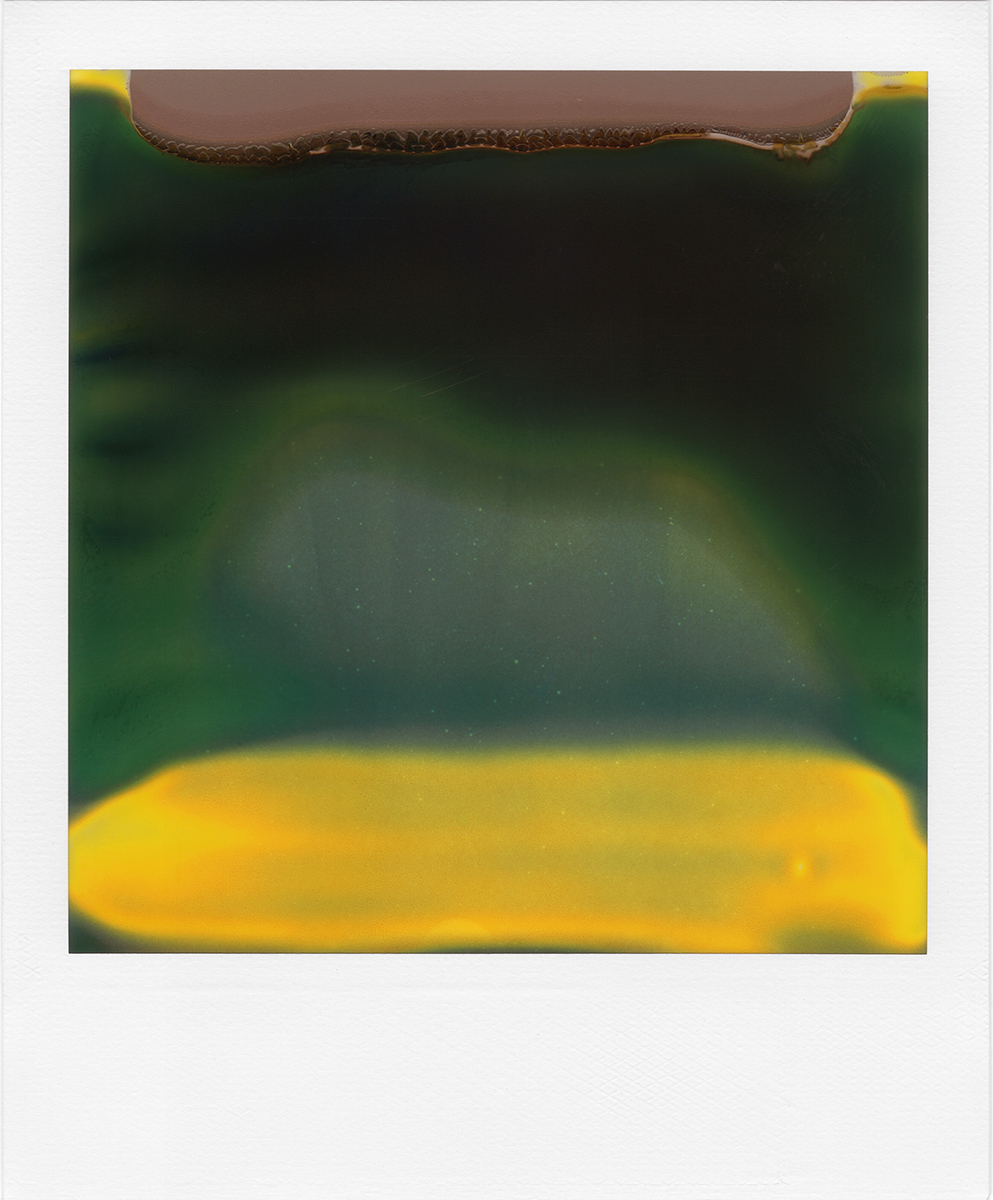
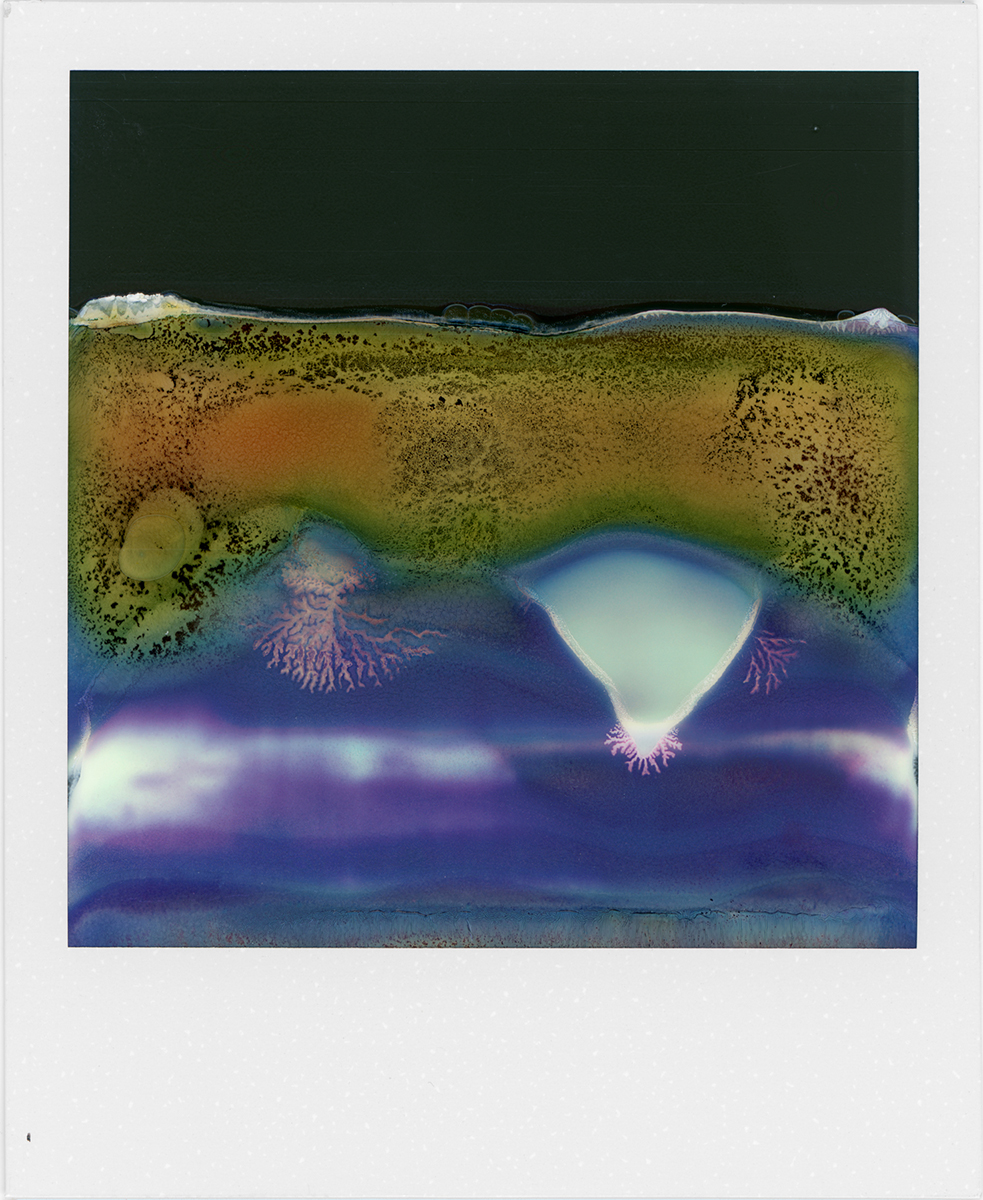
To view more of Williams’s work please visit his website.